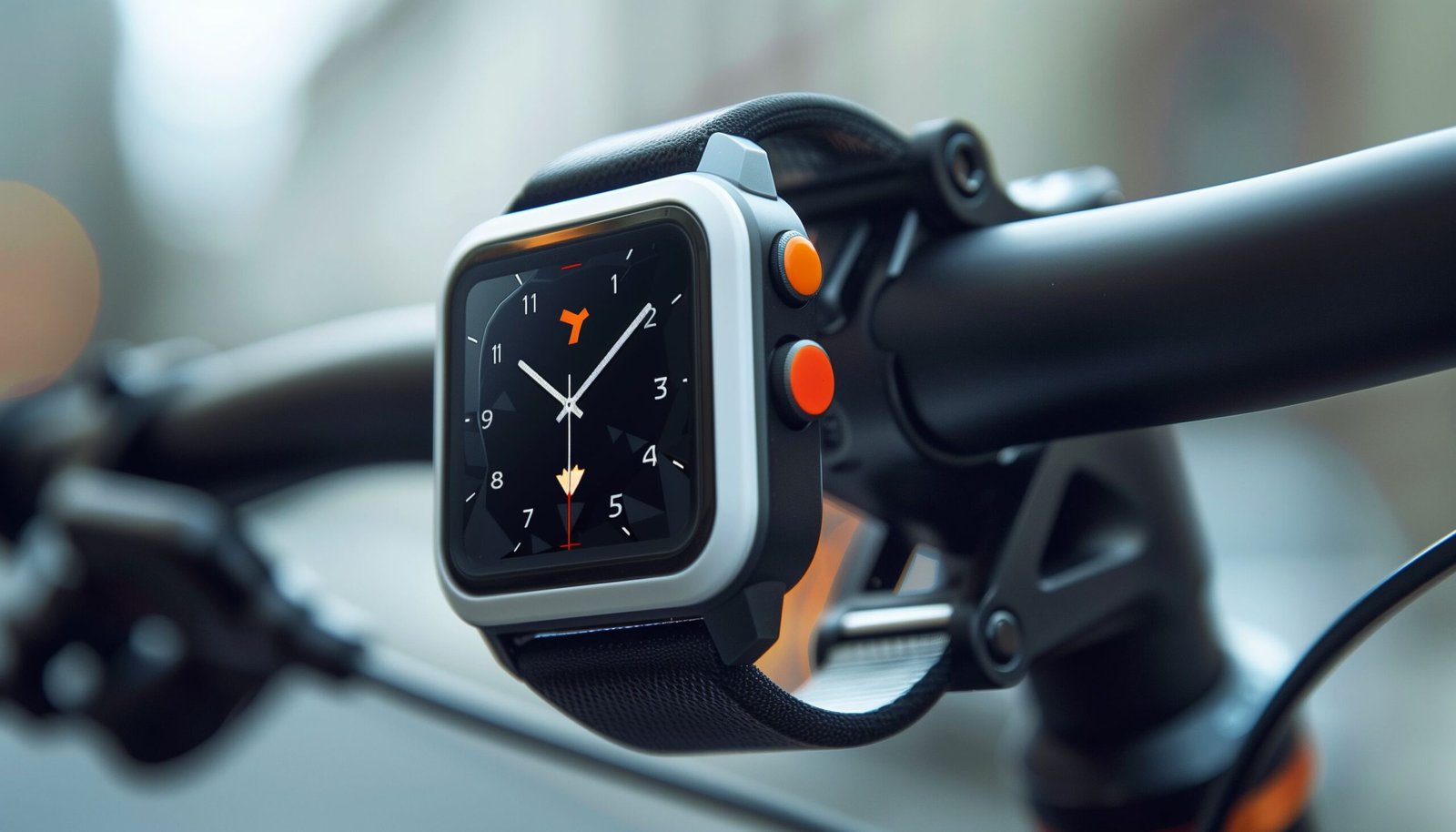The Internet of Things (IoT) is rapidly expanding its reach, connecting everything from everyday appliances to industrial machinery. But not all environments are created equal. Imagine a delicate fitness tracker on a dusty construction site, or a smartwatch taking a dip in a deep ocean trench. This is where rugged IoT devices come in – built tough to handle the harshest conditions.

What Makes a Device Rugged?
Rugged IoT devices are specifically designed to withstand extreme temperatures, shock, vibration, dust, water, and other environmental hazards. Here’s what sets them apart from their consumer-grade counterparts:
- Durable Housing: Rugged devices often utilize robust materials like reinforced plastics, metals, or even specialized composites. These materials can take a beating without breaking, ensuring the device’s internal components remain protected.
- Sealed Construction: Dust, water, and other contaminants can wreak havoc on electronics. Rugged devices employ specialized seals and gaskets to prevent these elements from entering the device, ensuring reliable operation even in harsh environments.
- Enhanced Connectivity: Rugged devices often utilize robust communication protocols designed for reliable data transmission in challenging conditions. This might involve stronger antennas or specialized technologies for long-range connectivity.
- Extended Operating Temperatures: From scorching deserts to freezing tundras, rugged devices can withstand extreme temperature fluctuations. This allows them to function reliably in environments where standard devices would simply shut down.
- Vibration and Shock Resistance: Bumps, drops, and constant vibrations can damage delicate electronics. Rugged devices are built to handle these physical stresses, ensuring they continue to operate even in situations with a high risk of impact.
Where are Rugged IoT Devices Used?
Rugged IoT devices play a vital role in various industries:
- Industrial Automation: In factories and on production lines, rugged sensors and controllers monitor machines, track inventory, and optimize operations, often in harsh environments with dust, vibration, and extreme temperatures.
- Oil and Gas Exploration: Rugged devices are deployed in remote locations for pipeline monitoring, environmental data collection, and equipment maintenance in extreme weather conditions.
- Smart Agriculture: Rugged sensors monitor soil moisture, temperature, and weather data in fields, helping farmers optimize irrigation, crop yields, and resource management, even in challenging outdoor environments.
- Smart Cities: Rugged sensors can be deployed for traffic monitoring, waste management, and environmental data collection in urban settings, withstanding the wear and tear of constant operation.
- Asset Tracking: Rugged devices can track valuable assets like shipping containers or construction equipment in real-time, even in remote locations or challenging environments.
The Future of Rugged IoT
While durability is paramount, rugged devices are becoming increasingly sophisticated. Advancements in miniaturization, low-power communication protocols, and integrated sensors are making them even more versatile. Expect to see:
- Improved Battery Life: Rugged devices often operate in areas with limited access to power. Longer battery life will be crucial for sustained operation in remote locations.
- Advanced Analytics on Board: Processing data at the edge of the network can reduce latency and improve decision-making. Rugged devices with integrated analytics capabilities will become more commonplace.
- Integration with AI and Machine Learning: By incorporating AI and machine learning algorithms, rugged devices can analyze sensor data in real-time, enabling predictive maintenance and automated processes.
As the IoT landscape expands, rugged devices will play a critical role in connecting the physical and digital worlds, even in the most demanding environments. Their ability to withstand the elements and operate reliably paves the way for innovative applications across various industries, pushing the boundaries of what’s possible in the interconnected world of IoT.





